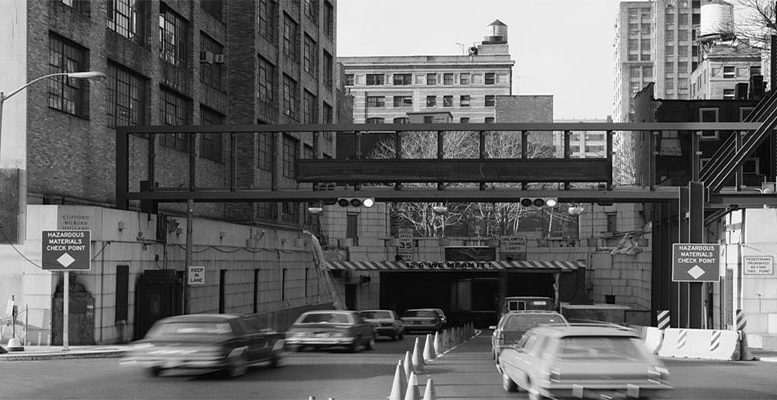There are some people who have all the luck. For example George W. Bush or Donald Trump. Both of them got less votes than their rivals. Bush, 456,000. Trump, at the close of this issue, 2,85 million votes less and the difference in favour of his rival, Hillary Clinton, continued to grow daily. In fact Hillary has been the losing candidate with the most votes since 1876. She wanted to make history as the first woman president of the United State. She will do as the second biggest electoral failure in this country’s existence.
But Bush’s, and now Trump’s luck doesn’t end there: Bush took over a country with a 4% jobless rate and a fiscal surplus of 2.2%. Trump is taking on a jobless rate of 4.6% (November data) and a 3.2% deficit in the fiscal year ending September 30. In January 2009, when Barack Obama came to power, the unemployment rate was at 7.8%, but the US was destroying approximately 270,000 net jobs a month. In the fiscal year 2009, the public deficit was 13.2%. All comparisons are invidious. But this is even more so.
So Donald Trump is inheriting an economy with a solid base. However he wants to make it even more solid or, in line with his campaign slogan, greater. He has the political power to do this. But his plans don’t seem to be consistent. One of his star projects is a good example of this: investment in infrastructures.
The biggest problem the US has had up to now has been the lack of fiscal stimulus. And this stimulus is going to come now with the new president and a Republican-controlled Congress. There will be a transformation. Instead of the constant vetoing of any new government initiative on public spending, the flood gates will be opened to finance a so-called infrastructures plan which, as in the case of almost everything with Trump, will be free, at least on paper.
Tax amnesty
The President and his team’s plan is simple. US companies have 2.5 billion dollars (almost 2.4 billion euros) outside the country. If they were to repatriate this capital, the most likely thing is they would have to pay the top corporate tax rate of 35%, without being able to apply any deductions. Trump and the republican Congress want to offer a fiscal amnesty, with a 10% tax on this capital. Another thing is whether they manage to leave it there, but what is not in doubt is that the amnesty, although it is less generous, will happen.
According to the republicans, this repatriation of capital will fuel a massive increase in investment and a have a big impact on supply which will allow for the financing of the infrastructures. And, if this is not enough, Steven Mnuchin, ex-Goldman Sachs, who will be Secretary of State for the Treasury under Trump, plans to issue bonds with a much longer maturity – perhaps 100 years – which will also be tax free, to finance these public Works.
Everything is perfect. But only paper. In the first place, US companies are spending around half a billion dollars a year on treasury stock. If they get a net 3 billion dollars, it remains to be seen whether this money goes towards operations of this kind or dividends. There is a fairly conclusive precedent: in 2004, another republican president, George W. Bush, approved a similar kind of tax amnesty, this time with a corporate tax rate of 5.25%. The amnesty brought the US some 240 billion dollars. Out of that, 220.8 billion was for treasury stock and dividends. Only 19.2 billion – 8% of the total – didn’t go to reward shareholders. Congress hoped that the programme would create half a million jobs. Instead, the 15 companies which most benefited from the amnesty cut their investment in R&D and cut their workforce by 20,000 net jobs.
And so the most likely thing is that if Donald Trump’s infrastructures plan goes ahead, it will be thanks to the bond issues, which will in turn increase the deficit. Furthermore, infrastructures take time to be completed, as well as to begin to produce clear economic effect. Trump also wants the plan to be implemented thanks to private initiative, not public. This is going to cause an additional problem: the distribution of public works.
Increasing the dividend
The crux of this problem is that it is economically viable to build a bridge, say, in New York or Chicago, if a concessions system is used which allows the investor to recover the capital with returns over various decades. But how can a toll road be paid for in, for example, Southern Dakota, where almost nobody lives?
So what’s going to happen with Donald Trump’s infrastructures plan? All the above points indicate that it’s going to be very difficult to get it going. In the US, unemployment is very low and, although there is a considerable amount of underemployment, it doesn’t look as if there will be an excess of workers if the president-elect wants to kick out the 11 million immigrants with no papers.
It’s not clear how Trump is going to make America great again, as he promised during his campaign. In reality, he is taking the reins of a country which is already doing relatively well. If all his economic policies are like his infrastructures plan, then it’s about making dividends greater, not the country.
*Image: Jet Lowe





